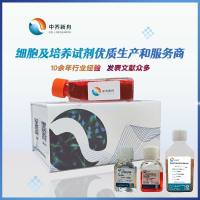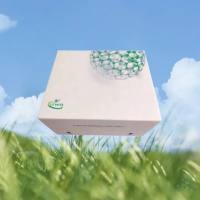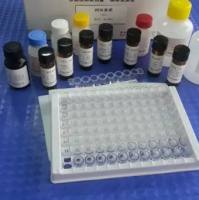Electroporation has been used for the introduction of DNA (1
–4
), proteins (5
–7
), and various nonpermeant drugs and metabolites into cultured mammalian cells (8
,9
), as described in this and other volumes (10
,11
). Most electroporation techniques for adherent cells involve the delivery of the electrical pulse while the cells are in
suspension (5
,12
). However, the detachment of these cells from their substratum by trypsin or EDTA can cause metabolic alterations that may
lead to cell death or increase the cells’ sensitivity to additional damaging agents (13
). The efficient incorporation of proteins without cell damage is an especially crucial requirement, since for most proteins
of interest and contrary to DNA, no convenient large-scale method exists for the selection of viable from damaged cells or
cells where no protein introduction took place after electroporation. Therefore, for studies using adherent cells, it is imperative
to deliver the pulse while the cells are attached to their solid substratum. This has been achieved using a variety of methods
(14
,15
). In this chapter, we describe a technique where cells are grown and electroporated on a glass surface coated with electrically
conductive, optically transparent indium-tin oxide. This coating allows the direct visualization of the electroporated cells
and offers the possibility of ready examination owing to their extended morphology. Moreover, it is very durable, inert, nontoxic
to the cells, and promotes excellent cell adhesion and growth. An added advantage is the fact that, unlike many plastics,
indium-tin oxide does not exhibit any spontaneous fluorescence, making the examination of the electroporated cells under a
fluorescent microscope possible.






